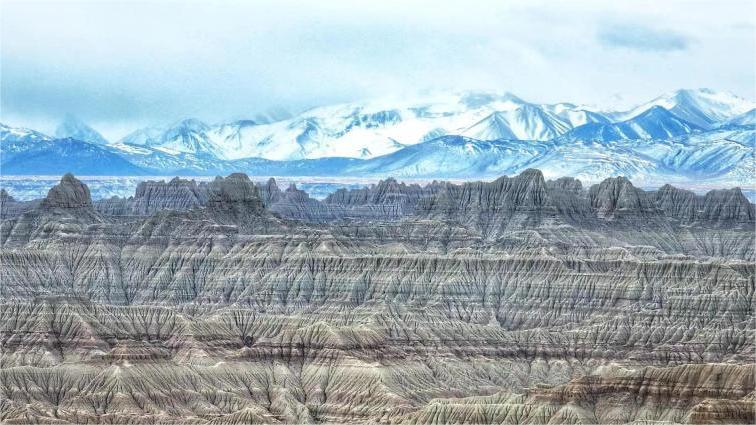New study reveals inequity in California's wildfire smoke exposure
SACRAMENTO, United States, Feb. 29 (Xinhua) -- The hazardous smoke emitted from California's increasing wildfires is disproportionately affecting Indigenous communities, phys.org, an online science, research and technology news website reported Thursday.
The report cited a new study, published this month in the journal Proceedings of the National Academy of Sciences. The study, conducted by the University of California, Berkeley, assessed disproportionate exposures among California's marginalized communities and raised critical questions about environmental justice.
The research team, including public health and environmental science experts in the United States, analyzed data from 2006 to 2020 and found indigenous communities had consistently disproportionate outdoor exposure to wildfire PM2.5. Housing and occupational disadvantages may increase the disparities, they added.
Indigenous communities were exposed to about 1.7 times as much wildfire smoke, on average, as would be expected based on their statewide populations, according to the research.
The researchers find historical methods of measuring PM2.5 exposure flawed because traditional methods relied on annual averages of PM2.5 data often masked the true impact of short-term, extreme concentrations like those emitted from wildfires. This makes it more difficult to track the long-term health impacts of wildfire smoke, the researchers said.
They proposed a new framework that considers factors like the number of smoke waves, peak exposure weeks, and cumulative exposure.
The researchers emphasized the potential long-term health consequences of repeated exposure, stating that cumulative exposure, rather than individual exposure incidents, is a significant predictor of health outcomes.
This shift in perspective is important as wildfires are becoming more frequent and intense in the U.S. West due to climate change, leading to increased PM2.5 emissions.
This novel approach, the researchers believe, will provide a more nuanced and realistic picture of how environmental hazards like wildfire smoke disproportionately impact various communities.
Photos
Related Stories
- U.S. Fed's closely watched inflation measure rises 2.4 pct in January
- U.S. House passes another stopgap funding bill to avert government shutdown
- Indicted former U.S. diplomat admits spying for Cuba
- U.S. auto industry says California's tailpipe emissions rules unrealistic
- China assists U.S. in search for remains of WWII military personnel
Copyright © 2024 People's Daily Online. All Rights Reserved.









